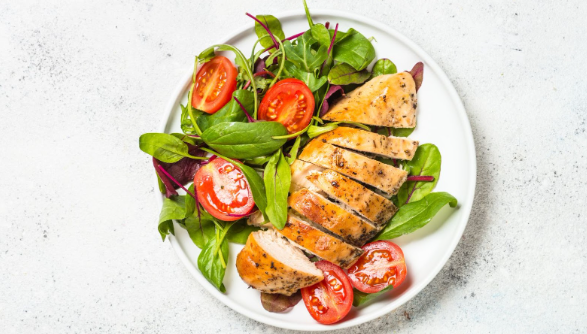
Is Keto or Paleo Better for Weight Loss
When it comes to weight loss, many people are torn between the keto and paleo diets. Both approaches have gained popularity for their potential benefits, but which one is better? Let’s dive into the details and explore whether keto or paleo is more effective for shedding those extra pounds.
The ketogenic diet, or keto for short, is a low-carb, high-fat eating plan that aims to put your body into a state of ketosis. This metabolic state encourages your body to burn fat as its primary fuel source instead of carbohydrates. By drastically reducing carbohydrate intake and increasing fat consumption, keto followers may experience rapid weight loss.
On the other hand, the paleo diet focuses on eating foods that were available during the Paleolithic era. It emphasizes whole foods such as lean meats, fish, fruits, vegetables, nuts, and seeds while excluding processed foods, grains, legumes, dairy products, and refined sugars. The idea behind this approach is that our bodies are best adapted to the types of food our ancestors consumed.
So which one should you choose if your goal is weight loss? While both diets can be effective in promoting weight loss due to their emphasis on whole foods and reduced intake of processed junk food and sugars. However…
The Basics of Keto and Paleo Diets
Let’s dive into the basics of two popular diets – keto and paleo. In this section, we’ll explore what the keto diet entails, how it works, and its potential benefits for weight loss.
The keto diet, short for ketogenic diet, is a low-carb, high-fat eating plan that aims to shift your body into a state of ketosis. Ketosis occurs when your body starts burning fat for fuel instead of relying on carbohydrates. To achieve this metabolic state, the keto diet typically restricts carbohydrate intake to around 20-50 grams per day.
By drastically reducing carb intake, your body depletes its glycogen stores and enters ketosis within a few days or weeks. In this state, your liver produces ketones from fat breakdown to provide energy for various bodily functions.
The main principle behind the keto diet is to force your body to rely on stored fat as its primary source of fuel. As a result, many people turn to this diet with the goal of shedding excess pounds and achieving weight loss.
One key aspect of the keto diet is its emphasis on consuming healthy fats such as avocados, nuts and seeds, olive oil, coconut oil, fatty fish like salmon or mackerel, and grass-fed butter. These fats not only help you feel satiated but also provide essential nutrients while keeping carbohydrate consumption in check.
It’s important to note that while the initial weight loss on a keto diet may be rapid due to water loss associated with glycogen depletion, sustained weight loss depends on maintaining a calorie deficit over time.
To summarize:
- The keto diet is a low-carb and high-fat eating plan.
- It aims to induce ketosis by restricting carbohydrate intake.
- Healthy fats are emphasized in this dietary approach.
- Weight loss results may vary depending on individual adherence and overall calorie balance.
In conclusion, the Paleo diet offers several benefits for weight loss due to its focus on whole foods, reduced processed food intake, and increased satiety. However, it is important to consider the potential drawbacks such as its restrictive nature, possible deficiencies in certain nutrients like calcium and vitamin D, and the associated cost implications. As with any dietary approach, individual needs and preferences should be taken into account when deciding if the Paleo diet is right for you.

